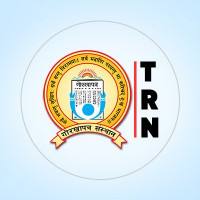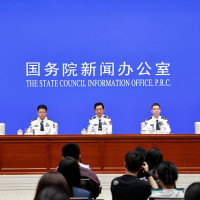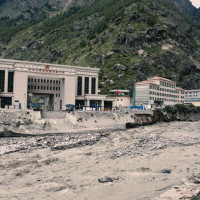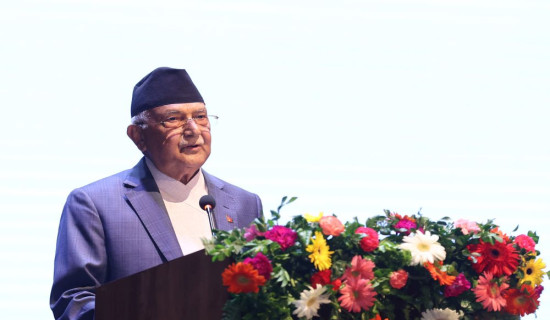- Thursday, 31 July 2025
Pahalgam Attack and Alarms of Escalation
Muhammad Zamir Assadi
The recent bombing in Pahalgam, Jammu and Kashmir, has added yet another grim point in the valley’s long history of violence. The political reaction that followed has transformed it into a potential flashpoint. Almost immediately after the incident, Indian authorities pointed fingers at Pakistan, launching accusations without evidence, suspects, or due process. The speed and certainty of the claims raise serious questions about motive and intent.
Observers will recall the 2019 Pulwama attack, where murky facts were swiftly overtaken by a nationalistic media frenzy and political posturing ahead of elections. In both cases, the tragedy was quickly converted into a rallying cry, diverting attention from internal challenges and consolidating political gains.
But recent developments suggest something more troubling. Prior to multiple terrorist attacks in Pakistan—Mianwali in November 2023, Karachi in October 2024, and the Jafar Express bombing—social media accounts linked to India posted foreboding messages, indicating potential foreknowledge. These aren’t random coincidences, say analysts, but signs of a dangerous pattern where violence, or the narrative around it, is weaponized for strategic advantage.
Pakistan’s military has laid out stark figures: over 3,700 terror incidents and nearly 3,900 casualties since the beginning of 2024. More than 1,600 militants have reportedly been neutralized in over 77,000 security operations. Officials hold that Indian intelligence operatives are involved in many of these attacks, with over 3,000 such incidents allegedly bearing Indian fingerprints.
This goes beyond routine diplomatic friction. South Asia, home to more than 20% of the global population and nuclear arsenals on both sides, is staring down the barrel of unchecked escalation. And the risks are not confined to conflict zones alone.
Perhaps most concerning is India’s overt signaling of its willingness to suspend the Indus Waters Treaty (IWT), the landmark water-sharing agreement facilitated by the World Bank in 1960. The treaty has survived armed conflict and political upheavals for over six decades. But India’s recent threats to curb Pakistan’s water supply suggest a willingness to breach international norms in pursuit of political leverage.
Though India's infrastructure does not yet allow full diversion of upstream water flows, its growing dam projects and belligerent rhetoric are deeply unsettling. If such a precedent is set, it could trigger global consequences—emboldening other nations to undermine similar treaties in Africa, South America, and Southeast Asia, further eroding trust in international law.
Pakistan has taken a cautious stance, repeatedly emphasizing that it will not initiate conflict. Deputy Prime Minister Ishaq Dar and other leaders have stressed restraint, but also clarified that any imposed war will be met with decisive force. Sovereignty, they assert, remains non-negotiable.
Yet, the global response remains largely muted. Washington’s growing strategic alliance with New Delhi, seen as a hedge against China, has arguably shielded India from deeper scrutiny. This transactional diplomacy, however, carries a cost: it risks enabling authoritarian drift and destabilizing ambitions in a volatile region.
China, by contrast, has called for an impartial investigation, advocating a more balanced approach. Its stance underscores a simple point: if India has nothing to conceal, it should welcome international scrutiny of the Pahalgam incident.
Instead, Indian officials and media have doubled down—amplifying unverified narratives and stoking public outrage. Such tactics not only polarize the region but also contribute to a dangerous normalization of hybrid warfare, misinformation, and strategic coercion.
The stakes are high. The world has seen how miscalculation or provocation in South Asia can spiral. Another Pulwama or Balakot-style crisis would only deepen instability. What the region desperately needs is de-escalation, dialogue, and accountability—not a manufactured march toward confrontation.
(The writer is a media fellow of China International Press and Communication Centre)



-original-thumb.jpg)


-original-thumb.jpg)
-square-thumb.jpg)



-original-thumb.jpg)
-original-thumb.jpg)
-original-thumb.jpg)
-original-thumb.jpg)

